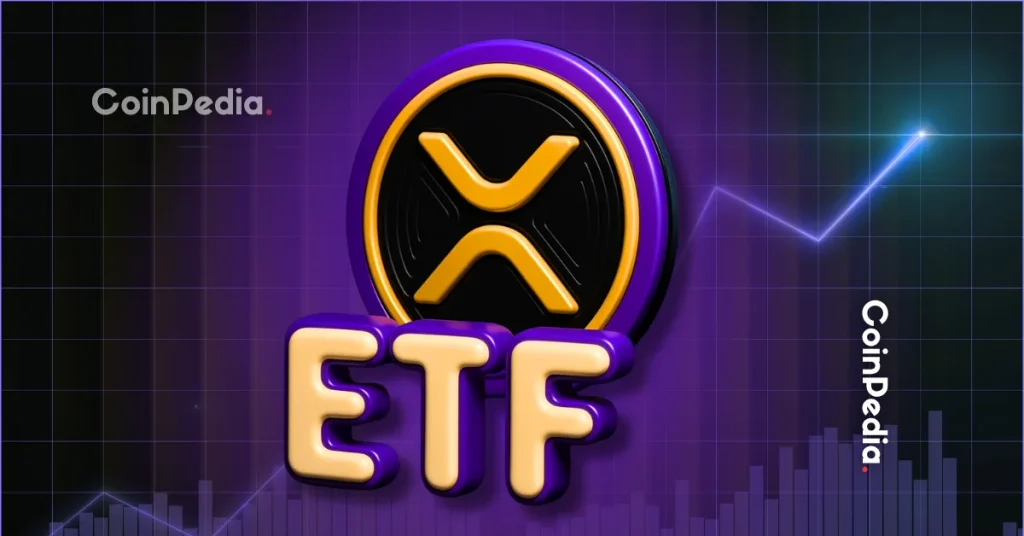The post Crypto Regulations In Chile 2025 appeared first on Coinpedia Fintech News
In 2025, Chile is evolving its regulatory framework for fintech, cryptocurrency, and potential Bitcoin reserves. The Central Bank of Chile has even issued a central bank digital currency (CBDC) to facilitate swift crypto transactions.
The primary crypto law in Chile is its ‘Fintech Law’ (Law no.21.521), which works on fostering financial innovation and inclusion. Currently, Chile is embracing all existing crypto and fintech regulations to create a comprehensive regulatory framework for cryptocurrency.
Table of contents
Crypto Regulations in Chile
July 1, 2025- Travel Rule
Chile is implementing the “Travel Rule” requiring cryptocurrency platforms to identify the senders and receivers of transactions exceeding $1,000 USD.
March 19, 2025- Circular No. 62
- The regulation, also known as the Updated Compilation of Rules (RAN), works on preventing risk related to money laundering (ML), financing terrorism (FT), and financing weapons of mass destruction.
- It also analyzes any suspicious transactions and mitigates the risks. The law will be in force on June 1, 2025.
Summary table of major crypto regulations in Chile
| Date | Regulation/ law | Details |
| July 3, 2024 | Regulation governing the Open Finance System (OFS) | Also known as General Standard N 514, mentioned in Title III of Law 21.521. |
| April to May 2024 | CMF proposed SFA | The regulation was up for public consultation |
| January 4, 2023 | Fintech law 21.521 | Primary regulatory law for crypto and digital assets |
| October 12, 2022 | Approval of Fintech law | Enacted by President Gabriel Boric |
| September 2021 | Draft of fintech law | The Chilean congress presented with a focus on competition and financial inclusion |
| August 2021 | Introduced a new framework for digital products | To enhance digital products and services, enabling customers |
| Last updated in 2016 | Article 33 of Decree Law No. 3,538 | ‘Crypto services’ require a thorough registration process, overseen by CMF |
Who regulates crypto in Chile?
Financial Market Commission (CMF)
- CMF oversees the financial market, including crypto-related activities. It authorizes the digital asset service providers registration and license.
- It recently proposed a draft addressing the digital assets, stating–
“It should be noted that this project does not include regulation of those digital assets that are used as a means of payment, a matter that the CMF is working together with the Central Bank.”
The Central Bank of Chile (BCC)
- It is the legal body drafting a proposal to regulate sablecoins used as a means of payment. After the implementation of the fintech law, the BCC became a more powerful authority operating finance of the country.
- In an unofficial statement, BCC stated that the virtual currencies have no legal recognition in the country and the crypto trade and transaction are not included in the regulation of supervision of the monetary authority.
Crypto License in Chile 2025
Whole Chile does not have a specific ‘crypto license,’ the crypto asset service providers (CASPs) are expected to register with the Comisión para el Mercado Financiero (CMF). This will permit them the official authorization to operate legally in the country.
The CMF has a 30-day window for registration and six months for authorization. Additionally, it requires CASPs to comply with financing and security rules and provide disclosure of details information about the operation.
Crypto tax in Chile
- Capital gains tax: Cryptocurrency is not treated as a legal tender or foreign currency in Chile, and they are not considered a foreign exchange transaction by the central bank. Since they are only considered as assets, cryptocurrencies are subject to capital gains tax under the general rules of Chile.
- Tax rate: Individuals will be taxed on the sale of cryptocurrencies at 0% to 40%, as a general equivalence surcharge will be applied.
- NFT: Crypto asset exchange for a conventional FIAT currency is subject to capital gains tax. The NFTs are treated the same way as cryptocurrencies.
- Mining: Cryptocurrency through mining is distinguished from the above tax and is considered taxable under the Chilean tax regime. Individuals are subject to 25% tax, which is levied at marginal rates ranging from 0%-40%. Companies in crypto mining are taxed at 27%.
| Transaction | Tax | Taxrate | VAT |
| Selling crypto for FIAT | Capital gains | 25% | NA |
| Swapping crypto for crypto | Capital gains | 25% | NA |
| Using crypto for goods and services | Capital gains | 25% | NA |
| Mining, taking, airdrops | Income tac | 0-40% | NA |
| Receiving crypto as payment | Income tax | 0-40% | NA |
Crypto adoption rate in Chile
- Adoption rate: Currently, 3.69 million people are using cryptocurrency in Chile, which accounts for 18.73% of the population. By 2026, the number is expected to reach 6.34 million, representing 31.76% of the Chilean population.
- Revenue: The currency cryptocurrency market revenue in Chile is estimated at US$243.5 million. The rate is expected to reach US$558.6 million by the end of the year, and by 2026, it is anticipated to cross US$590 million. Average revenue per user is estimated to be US$93.6 in 2025.
- Crypto holdings: No public disclosure has been given on Chilean government crypto holdings yet. The government policies are prioritizing financial stability and enhancing the crypto regulatory system.
Also Read: Crypto Regulations in Bolivia 2025
Conclusion
Chile’s fintech ecosystem is thriving, positioning the country as a leading hub for financial innovation with crypto in Latin America. Currently, the Chilean government is investing heavily in robust cybersecurity measures to protect user data and maintain trust among customers and investors. It has also introduced AI-driven fraud detection to address risks like identity theft and phishing in the crypto space. I believe if Chile maintains this stability, it may soon become a leader in the crypto hub.
.article_register_shortcode {
padding: 18px 24px;
border-radius: 8px;
display: flex;
align-items: center;
margin: 6px 0 22px;
border: 1px solid #0052CC4D;
background: linear-gradient(90deg, rgba(255, 255, 255, 0.1) 0%, rgba(0, 82, 204, 0.1) 100%);
}
.article_register_shortcode .media-body h5 {
color: #000000;
font-weight: 600;
font-size: 20px;
line-height: 22px;
text-align:left;
}
.article_register_shortcode .media-body h5 span {
color: #0052CC;
}
.article_register_shortcode .media-body p {
font-weight: 400;
font-size: 14px;
line-height: 22px;
color: #171717B2;
margin-top: 4px;
text-align:left;
}
.article_register_shortcode .media-body{
padding-right: 14px;
}
.article_register_shortcode .media-button a {
float: right;
}
.article_register_shortcode .primary-button img{
vertical-align: middle;
width: 20px;
margin: 0;
display: inline-block;
}
@media (min-width: 581px) and (max-width: 991px) {
.article_register_shortcode .media-body p {
margin-bottom: 0;
}
}
@media (max-width: 580px) {
.article_register_shortcode {
display: block;
padding: 20px;
}
.article_register_shortcode img {
max-width: 50px;
}
.article_register_shortcode .media-body h5 {
font-size: 16px;
}
.article_register_shortcode .media-body {
margin-left: 0px;
}
.article_register_shortcode .media-body p {
font-size: 13px;
line-height: 20px;
margin-top: 6px;
margin-bottom: 14px;
}
.article_register_shortcode .media-button a {
float: unset;
}
.article_register_shortcode .secondary-button {
margin-bottom: 0;
}
}
Never Miss a Beat in the Crypto World!
Stay ahead with breaking news, expert analysis, and real-time updates on the latest trends in Bitcoin, altcoins, DeFi, NFTs, and more.
















